Vigneronne 2024 — introduction
Vigneronne 2024 is the grape‑infused Lambic from Brasserie Cantillon, a beer that blurs the line between craft beer and vinous tradition.
Brewed with Muscat (Moscato Bianco) grapes from France and finished with a "liqueur de tirage" for bottle refermentation, Vigneronne is elegant, delicate and unmistakably tied to vine culture. Below I answer common questions related to the wine and viticulture terms that often appear when people read about beers like this.What does "viticulteur" mean?
"Viticulteur" is the French word for someone who cultivates vines — essentially a vine grower or viticulturist. A viticulteur focuses on the agricultural side: soil care, pruning, canopy management, harvest timing and grape quality. For a beer like Vigneronne, the viticulteur’s choices (grape variety, terroir, harvest moment) directly affect the aroma and character of the grapes added to the lambic.
What is meant by "plante vigneronne"?
"Plante vigneronne" literally means a vine plant or grapevine. It refers to the living vine (Vitis vinifera in many European vineyards) that produces the grape clusters. When a brewmaster sources fruit for a druiven lambic, knowing the health and varietal of the "plante vigneronne" helps predict flavors — Muscat vines contribute floral, grapey notes that are visible in Vigneronne.
Is "vigneron" the same as "viticulteur"?
They are closely related, but there’s a subtle difference in emphasis:
- Viticulteur (viticulturist) — emphasizes the cultivation and technical viticultural practices.
- Vigneron — often used more broadly for the person who owns or runs a vineyard and may also be involved in winemaking; it has a craft, hands‑on connotation.
In everyday use the terms overlap, and both matter when grapes are destined for a delicate lambic blend: quality from field to fruit is essential.
What is a "sarment" (vine shoot)?
"Sarment" refers to a vine shoot — the long, woody, trailing growth of a grapevine that bears leaves and clusters. Sarments are pruned each year; proper pruning affects yield, ripening and grape concentration. Healthy sarments and correct pruning lead to better grapes for blending into beers like Vigneronne, where subtle grape aromas need to be preserved.
What does "vignoble" mean?
"Vignoble" is the vineyard or winegrowing area — the patch of land, its rows of vines, soils and microclimate that together form a terroir. The choice of vignoble (for example specific plots in France supplying Muscat to Cantillon) shapes the grape character: acidity, perfume and sugar levels — all critical when using grapes for refermented Lambic.
Why these terms matter for Vigneronne 2024
Vigneronne isn’t just a flavored beer — it’s the product of thoughtful collaboration between brewer and vine grower. The viticulteur’s care, the vigneron’s choices, the condition of the plante vigneronne and sarment, and the particular vignoble chosen all influence the final beer. Muscat grapes bring floral, grapey notes; the liqueur de tirage allows refermentation in bottle, giving freshness and complexity rather than a simple fruit syrup addition.
In short — who should try it?
- Fans of sour, spontaneously fermented beers who appreciate delicate fruit integration.
- Wine lovers curious about grape character in a beer context.
- Anyone interested in terroir-driven production that bridges vineyard and brewery craft.
If you want to experience a lambic that celebrates the grape and the vineyard as much as the brewery, try
— a great example of how viticulture and spontaneous fermentation can come together.



